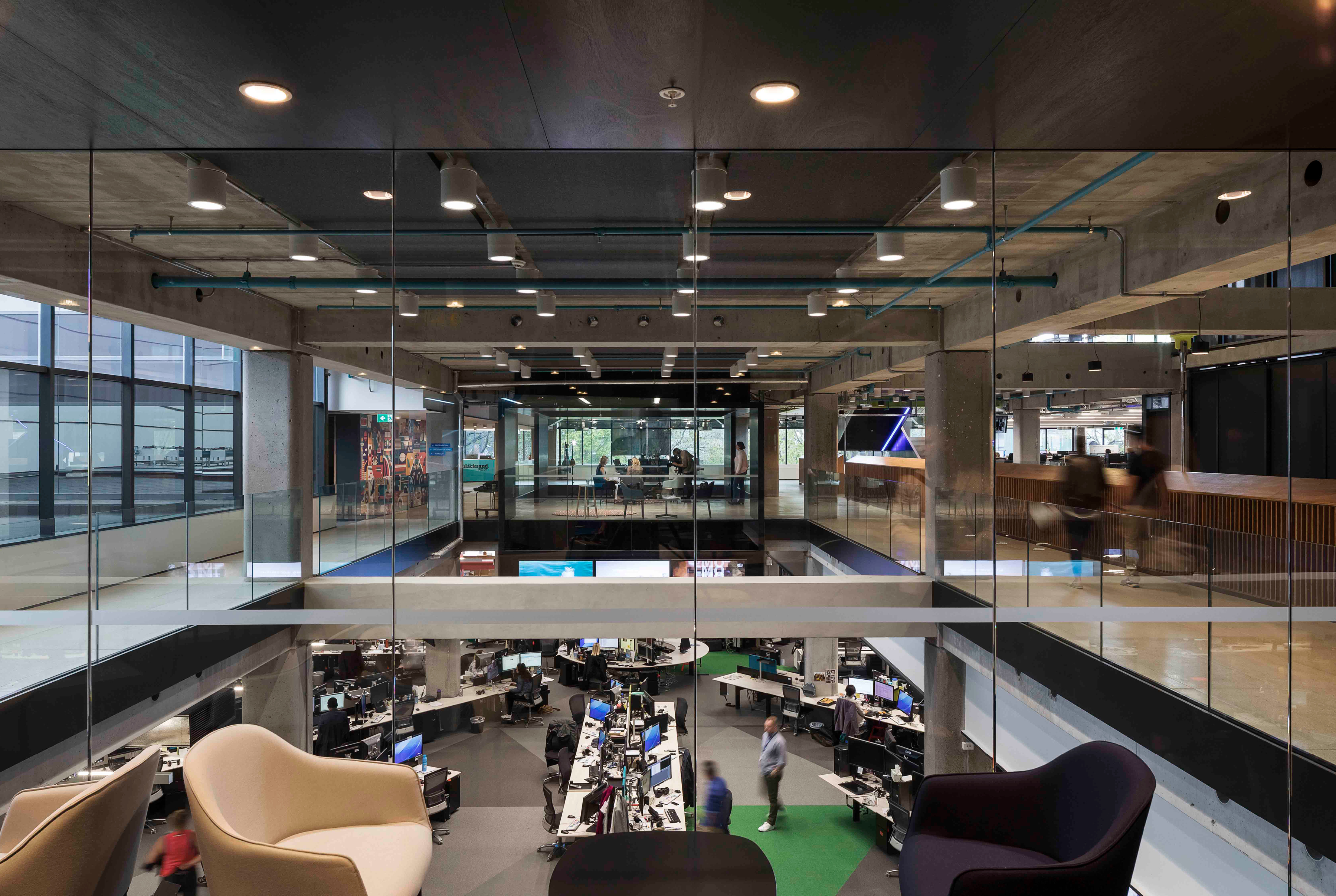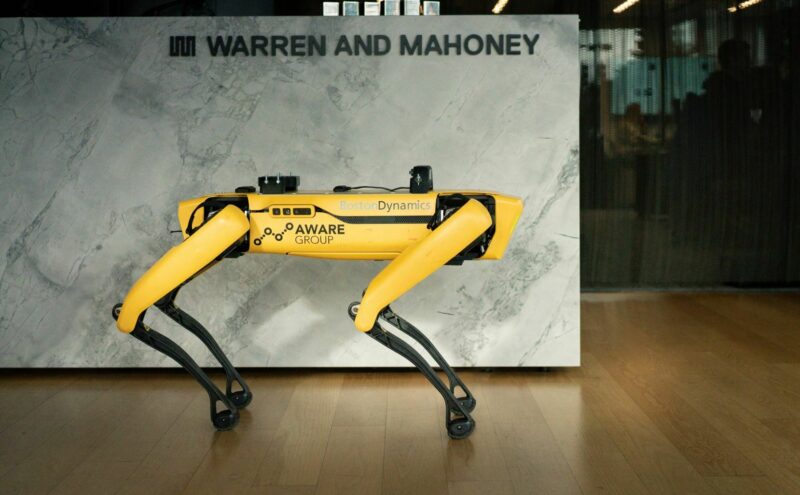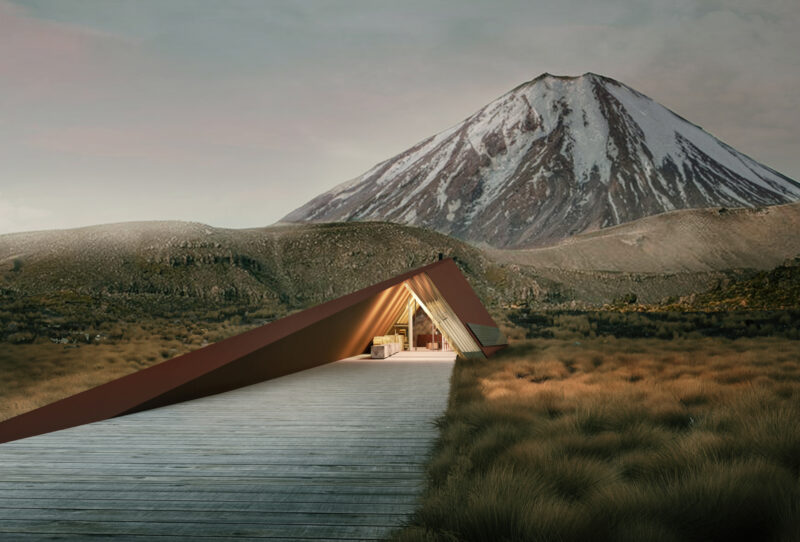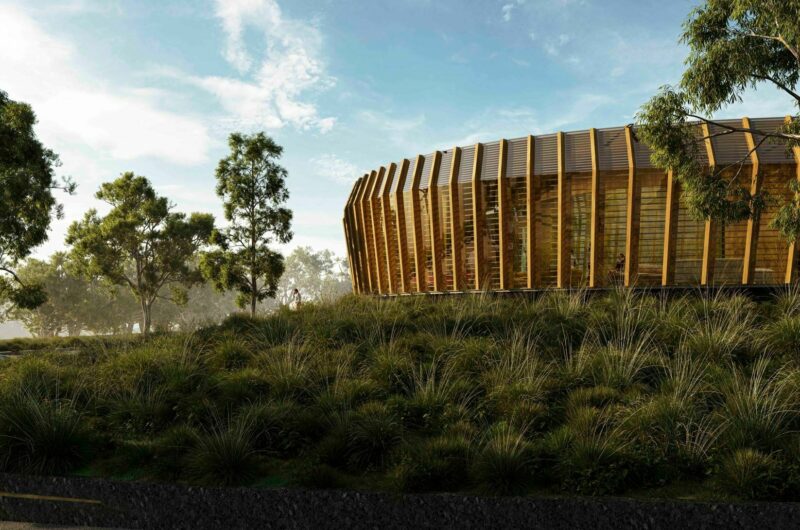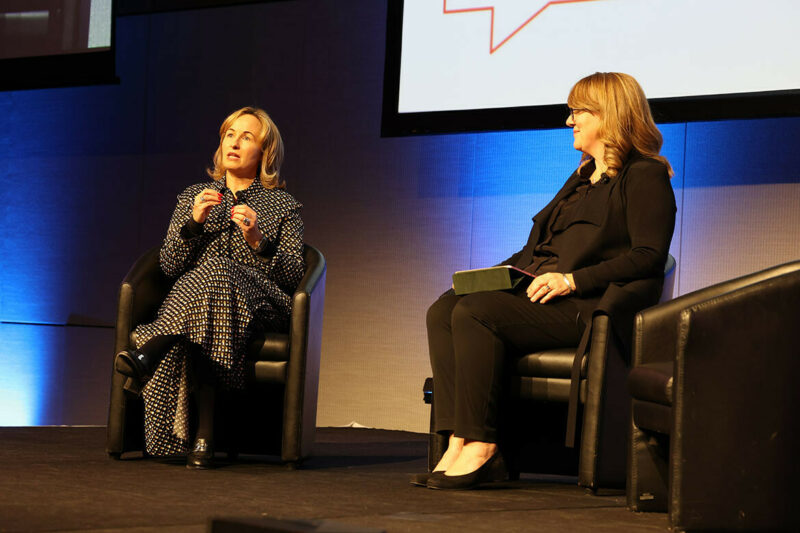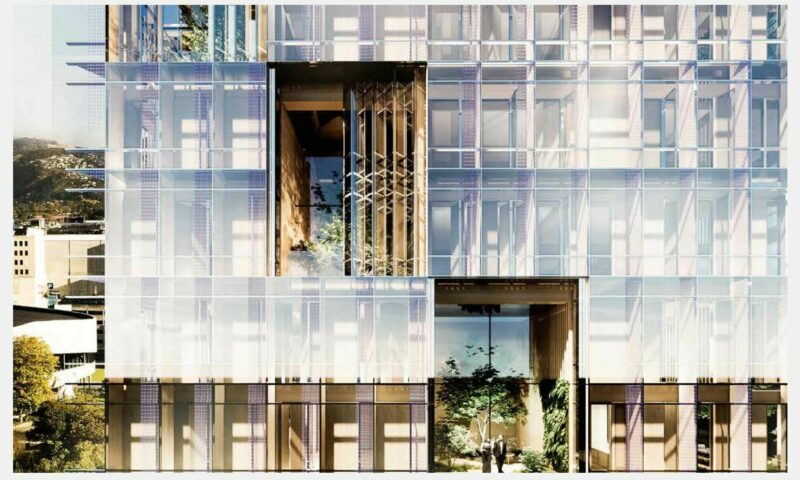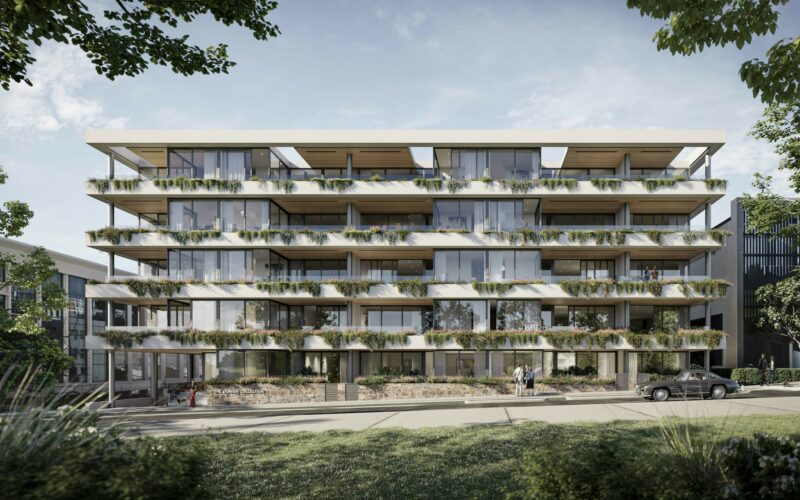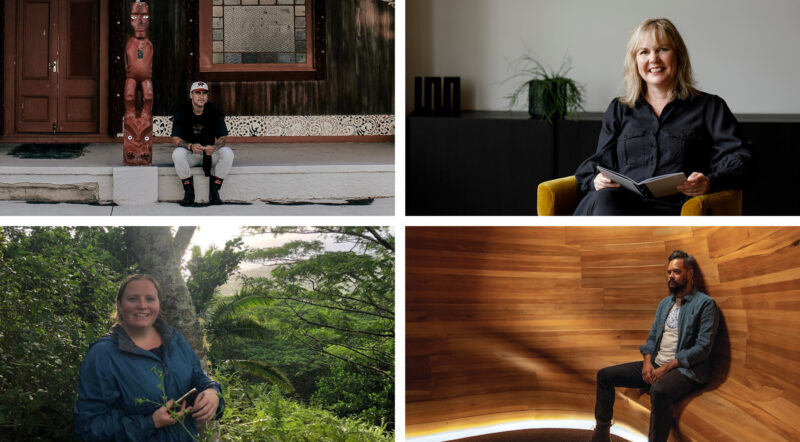Underpinning successful design, beyond the misconceptions and token gestures, are five simple yet fundamental factors to consider when creating spaces that will encourage employee innovation.
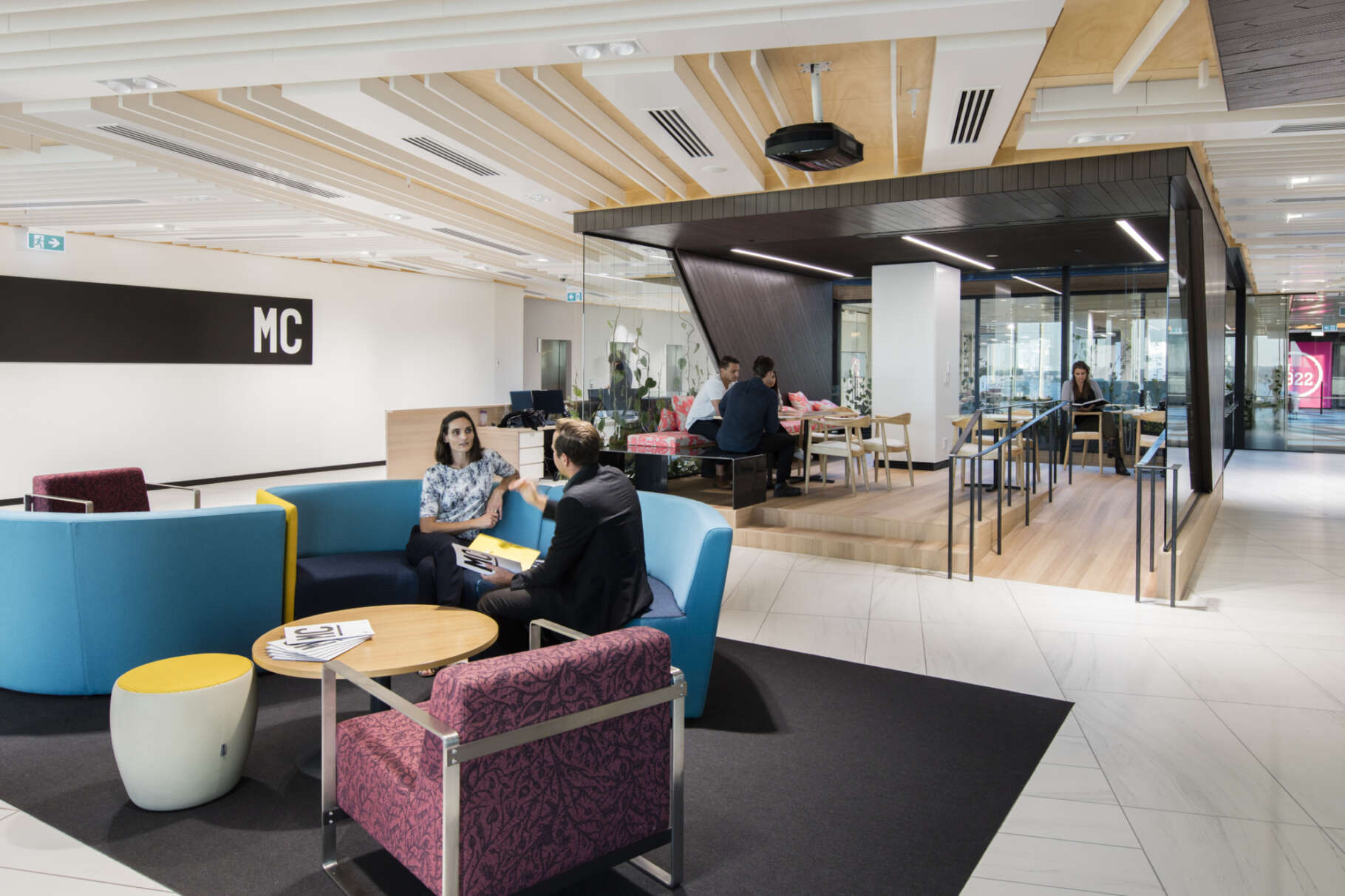
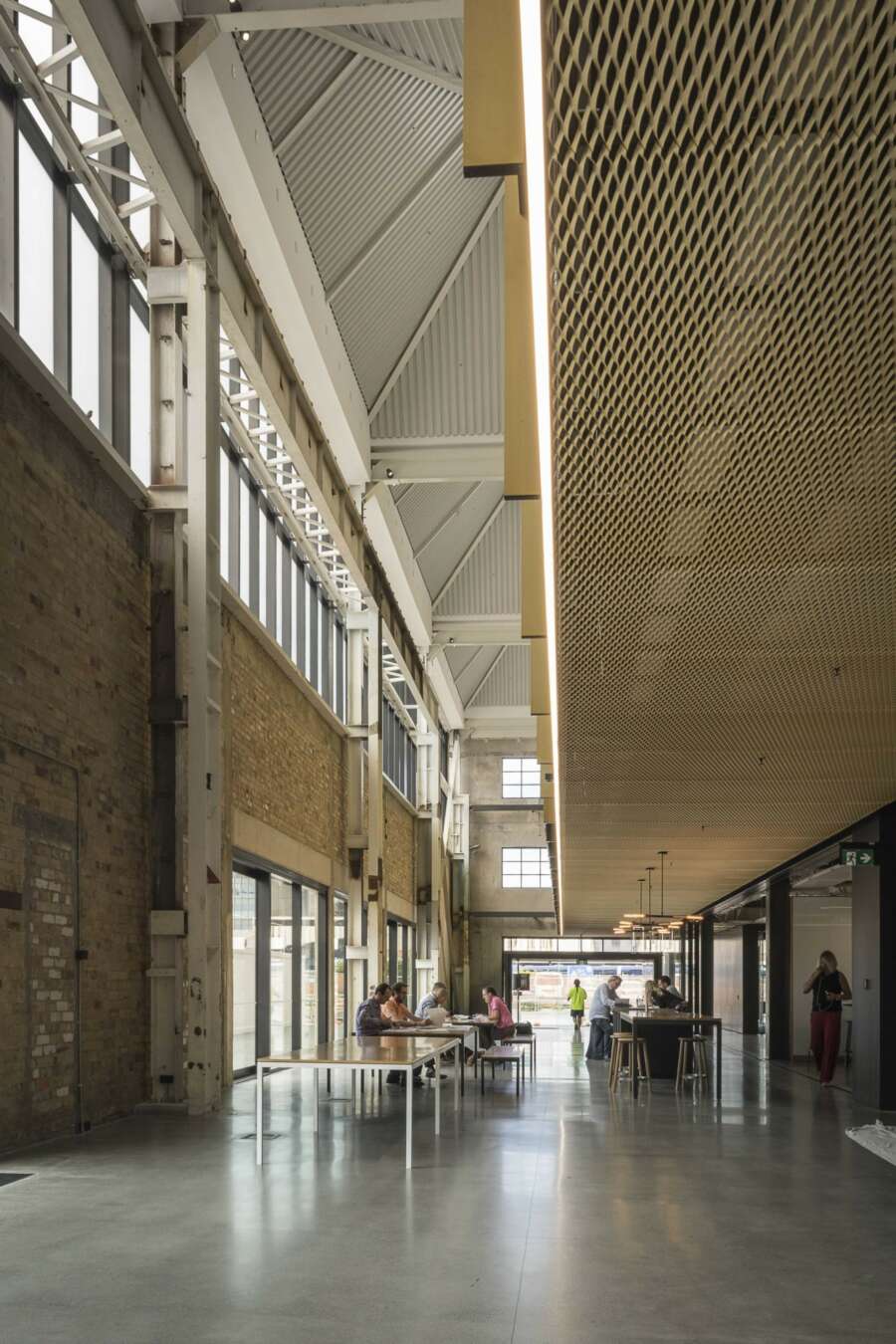
Mention an innovative workplace environment to the average office worker, and you’ll invariably be met with an eye-roll and maybe an anecdote about their own experience with workplace swings, Swiss balls, and other seemingly arbitrary objects that have bewildered and baffled. Over the past decade, the physical initiatives to stimulate workers have become increasingly symbolic, disconnected from the very people they are intended to motivate.
Business exchanges are reliant on people, not objects. Ideas are a commodity and invention is an asset. So it follows that a workplace which can inspire people, which can stimulate new thinking, which can spark interaction and ingenuity, is an undeniably powerful tool for companies.
Underpinning successful design, beyond the misconceptions and token gestures, are five simple yet fundamental factors to consider when creating spaces that will encourage employee innovation.
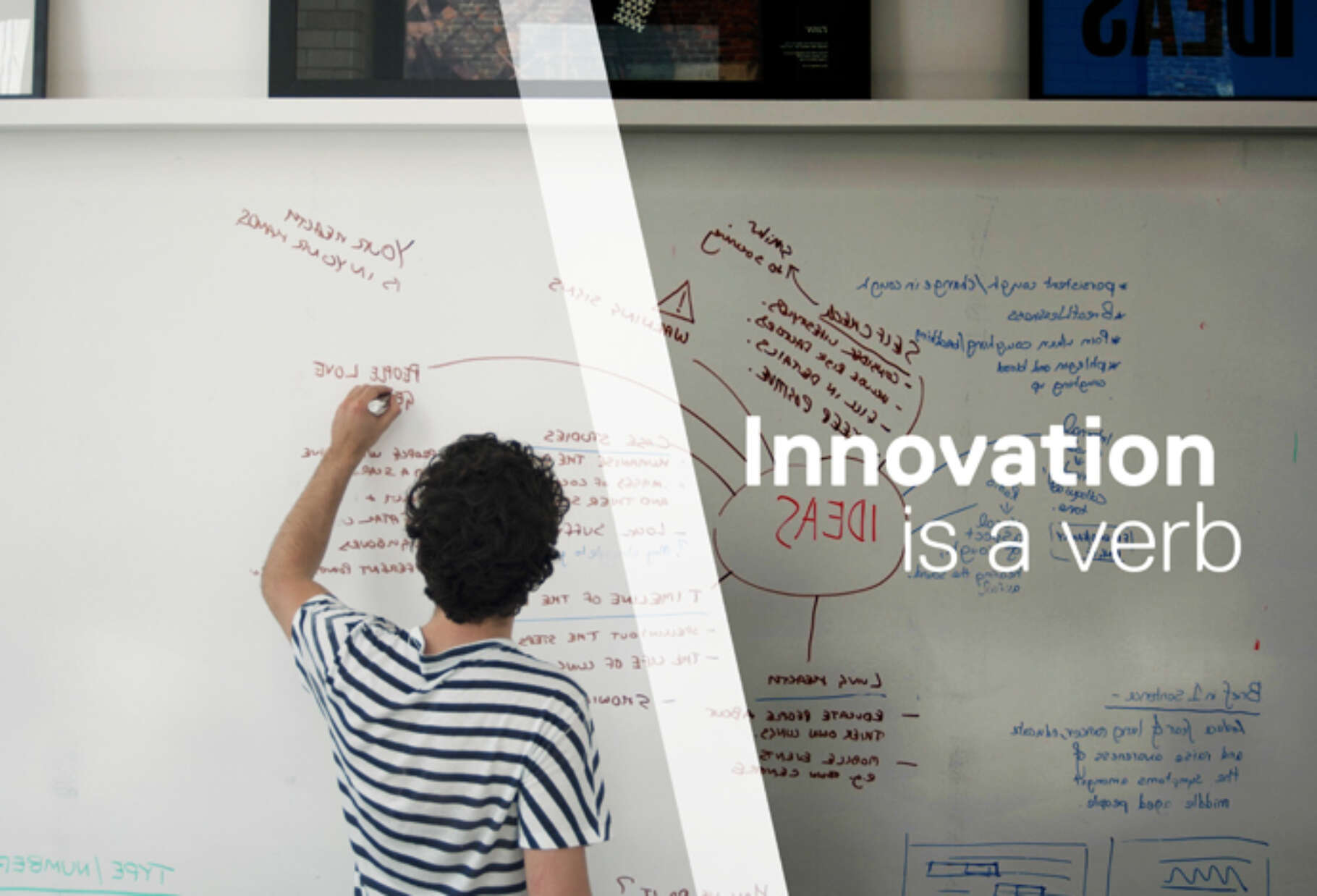
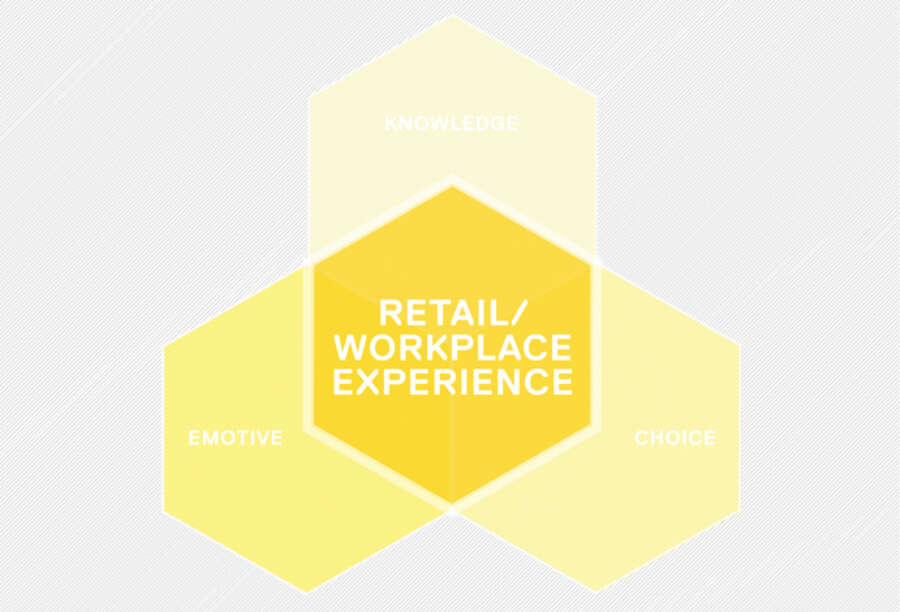
1. Innovation is a verb
Innovation is something we do. It’s an idea. It’s an interaction. It’s finding a solution to a problem.
But over the past years, the concept of ‘innovation’ has morphed into a noun, an object. It’s become associated with high tech gadgets, futuristic furniture, spaces that look and feel a certain way. This confusion has stemmed from copious examples of a cookie-cutter attitude to creating modern office environments. We call it ‘the bean bag effect’. The origin of this idea lies with Google – they integrated beanbags into their design philosophy, as part of a fully formed metaphor for opening up the right side of the brain and changing how their employees interact. But the purpose has been lost in the copying; companies are taking shortcuts to the solution – i.e. throwing beanbags into a workplace – without understanding the underlying cause of the gesture and how it will fit that particular space.
Innovation is about a spontaneous moment of creativity. Innovation is not something architects can give you; ultimately people have to shape how a space is used. So a workplace should be designed to be a catalyst for making people think and behave differently. And that’s about developing a pattern of understanding people’s behaviour, rather than throwing a pre-made solution at it.
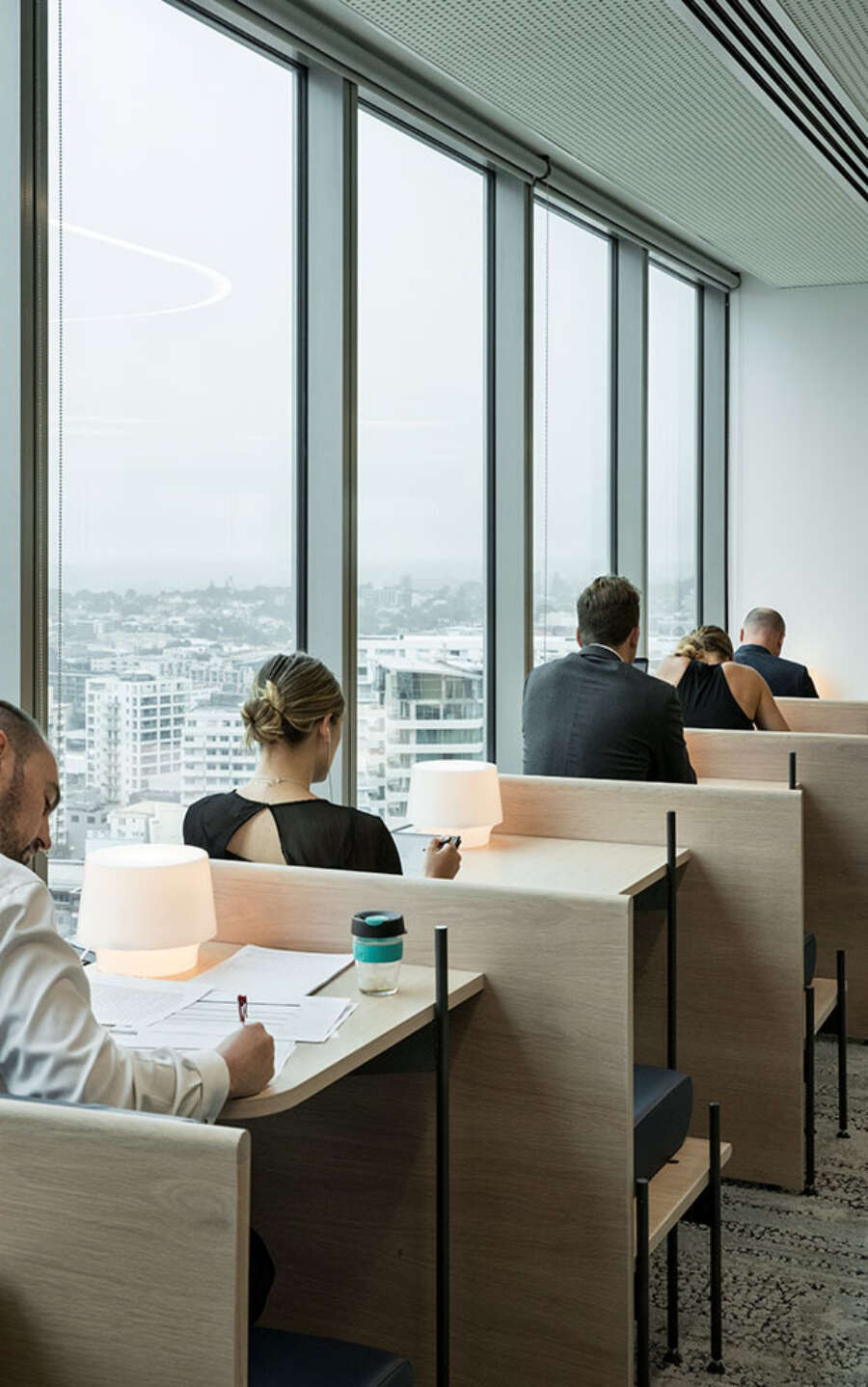
2. Innovation can’t occur in a vacuum
Imagine your typical office environment. More often than not, it’s structured with compartmentalised spaces, a place for each person. And we’re expected to stay in those spaces throughout the working day – if you’re not at your desk, you’re not seen to be working.
Yet it’s been proven that isolation is a killer for innovation. From establishing friendships to bouncing around ideas, casual conversation can actually aid business transactions. The output of any corporation is the sum of the people working within it.
A solution that works for one organisation might not work for another. Again, Google is a good example. While some outsiders may perceive the design to be gimmicky, it is routinely awarded with best workplace accolades. Clearly, their employees are happy to be there and are productive within that space. But it’s also vital to note that Google employs a certain type of personality within a certain mind set – therefore their solutions may not necessarily be suitable for an accountancy firm in Tauranga.
This is where strategic design comes in; by understanding the workplace culture and creating opportunity for incidental moments of connection – whether it’s by building slightly wider walkways to allow spontaneous conversations with colleagues, quiet breakout spaces for solitary thought, or pathways for people who are in different parts of the building and in different teams to collide and interact.
It’s often simple initiatives that can have the biggest impact. We create small incidental moments with suggestions of their capabilities. It should be an evolution not a revolution; people need to understand the changes, then adapt their thinking and behaviour, and this takes time. It’s like a DNA structure – one change happens, it replicates and eventually builds these interlinked, intertwined communities within the space.
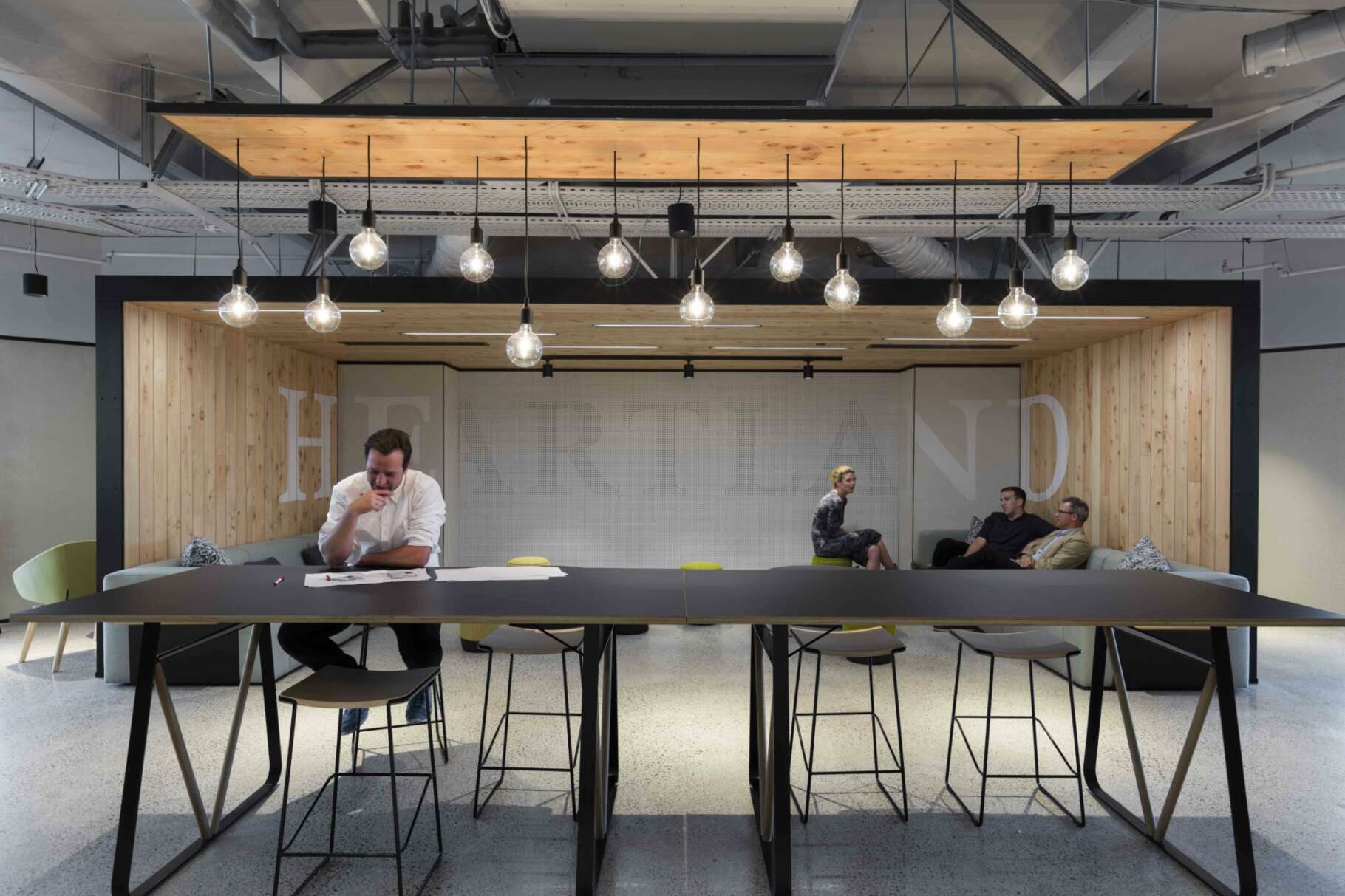
It should be an evolution not a revolution; people need to understand the changes, then adapt their thinking and behaviour, and this takes time.
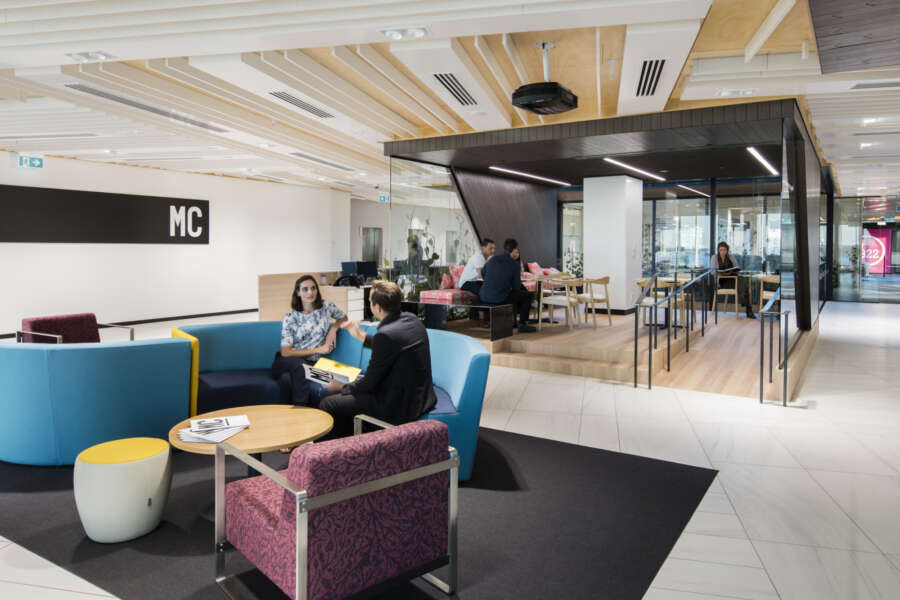
3. Innovation starts with employees
Corporations are often guilty of adopting a ‘build it and they will come’ approach – only to find nobody using the space. The right framework needs to be established to begin to grow an innovative and collaborative environment. And that starts with working to meet the three transformational criteria – choice, education, and empowerment. Each of these ‘transformers’ enable the employee to interact with the brand in a deeper, more meaningful way.
i. Choice
Transformative design needs a degree of choice; the capacity for people to select how they want to make use of a space, to adapt an area to work in a way that suits them. For example, an introverted worker might like a quiet corner to think; an aural learner might like space to make some noise. Different working styles should to be acknowledged, understood and catered for, enabling each employee to be the most productive version of themself.
ii. Education
People need to know how to use the space. And they need to understand what its full potential can be. It’s hard enough to do your job every day as it is; you don’t want to have to think about how to use the environment. Introducing new ideas into the workplace may be met with a degree of apprehension – people like familiar ideas, their own spaces – so the benefits to their daily life need to be made apparent, to encourage people to adjust often ingrained mind-sets and behaviours.
iii. Empowerment
Finally, employees need to feel like they’re allowed to use the space. This can only come with creating a sense of trust and teaching people what the space is for. To some extent, designing to encourage innovative thinking comes down to internal levels of trust - trusting that people will use certain spaces in certain ways. Again, the solution will not be the same for every workplace.
It comes down to creating small suggestions of the space’s capabilities, and then opening the floor for people to adapt, expand and develop the concepts. Workplace design needs to be flexible enough to change in conjunction with the internal culture.
4. Innovation needs an internal champion
Workplace architecture demands an internal champion; someone inside the organisation who can guide the team, and put the design into a language we can all understand.
This is where the HR team comes in. More than anyone else in the company, HR people understand organisational culture. They can help inform design, identify issues and develop spaces. And once the design is in place, they can play a pertinent role in acting as an interpreter between the designed space and the community it is intended for.
Simply put, HR is the link between concept and reality.
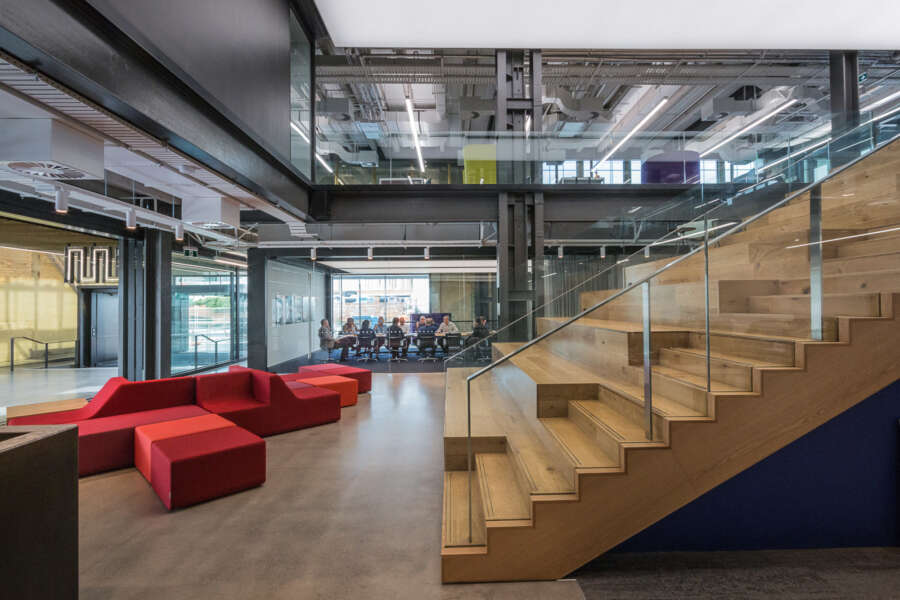
5. Innovation isn't just about technology
In the pursuit of innovation, businesses often invest in high-tech, high-cost gadgets – giant projectors, interactive touch-points. But without the right understanding of how people might use the device, how it will contribute to an internal communications strategy, technological innovations can often be underused – literally left as a blank screen during daily operations.
Without education about how a particular tool can help people become more productive, and the permission to experiment with it, a device is likely to be overlooked during the deadline-driven working day.
Each element, be it digital or physical, needs to be part of the cohesive strategy to engage individual employees to interact with the brand’s internal philosophy in a meaningful way. In short, it needs to be a complete experience. The danger is in making big grandiose statements then having a glaring void when something doesn’t work.
Technology itself isn’t the answer. But it is part of it – the complete solution is to create an omnichannel experience that will adapt and work within the specific community. There are exciting opportunities to implement technological advancements in the workplace – a tool to take coffee orders before you reach the building, responsive signage that can reassure visitors – that will help create a complete workplace experience.
In short:
Designing for innovation needs to be about people – about understanding them, creating a sense of trust and security, educating and empowering them to use the space – rather than throwing in a couple of beanbags and touchscreens. It’s about taking the learnings of the co-working evolution and translating them into the corporate environment. It’s about creating a quality experience and enabling the development of relationships. It’s about constructing a space that will encourage the best performance from people and lead to better business results.
